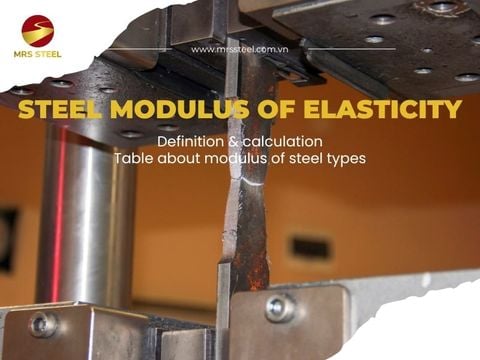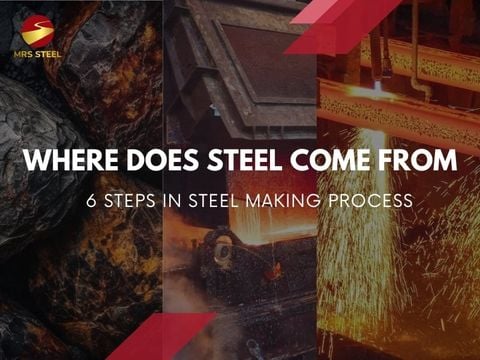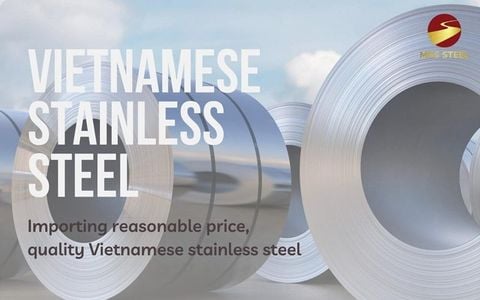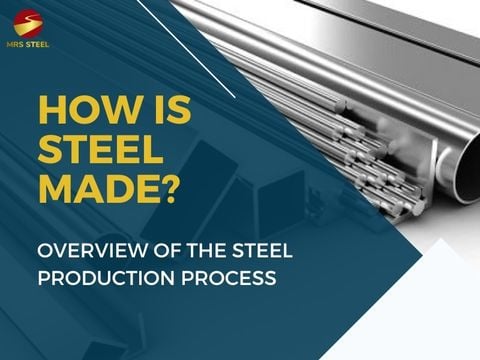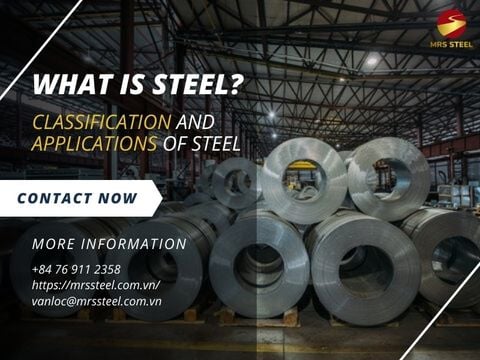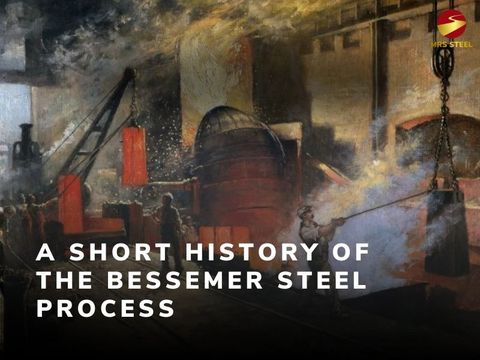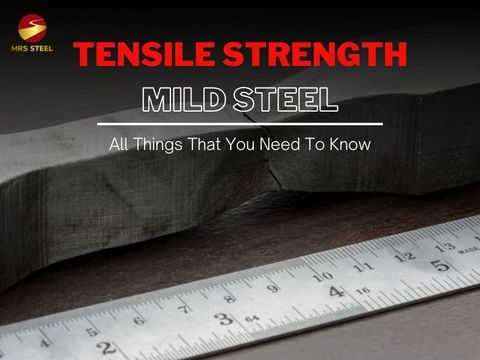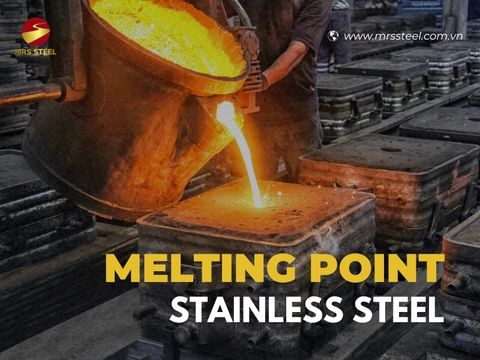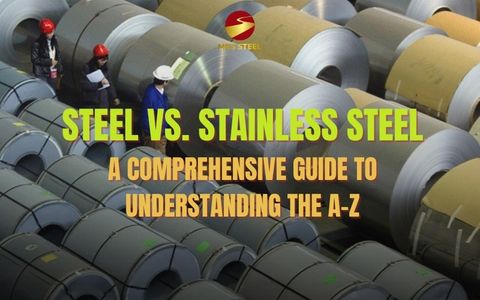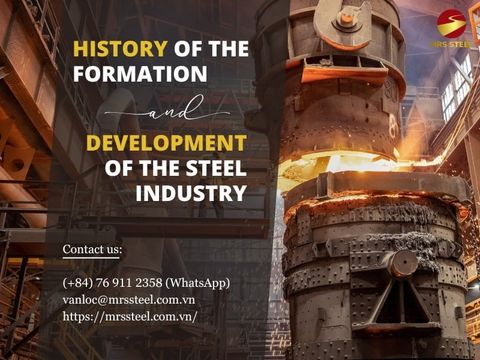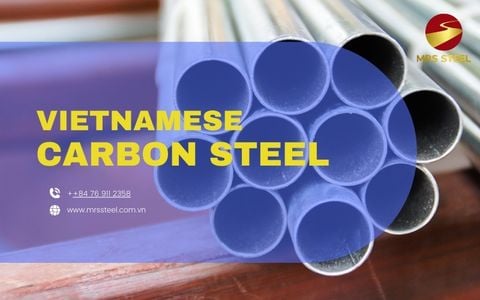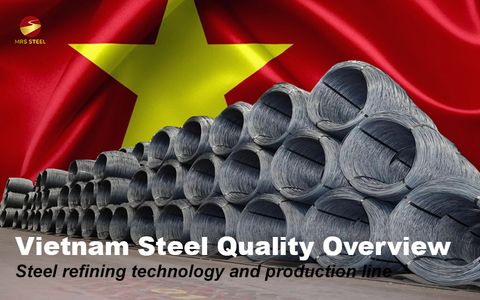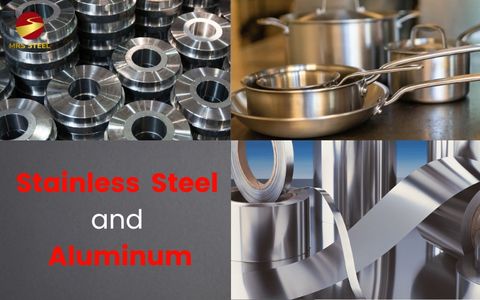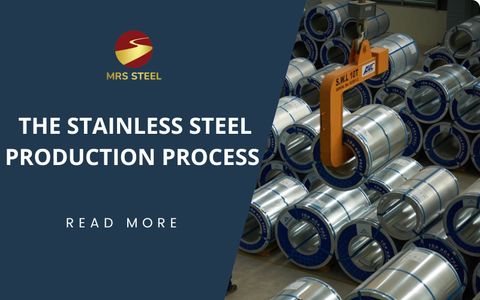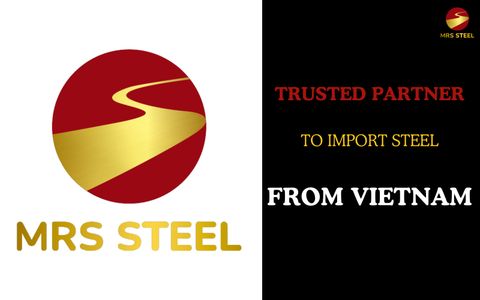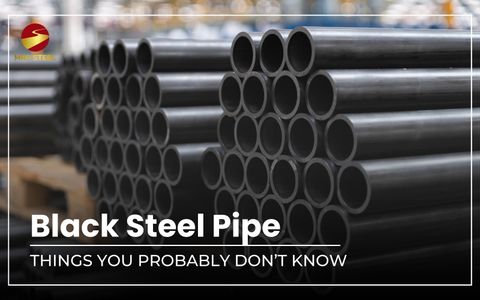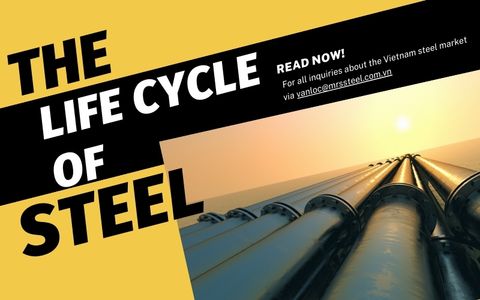What is yield strength of steel and things that you need to know

BlogDate: 21-05-2024 by: Ngan Le
The yield strength of steel stands as one of the most crucial technical characteristics enabling engineers to understand the maximum pressure a material can withstand before undergoing permanent deformation. Thereby allowing for an easy assessment of the steel's load-bearing capacity under various loading conditions.
Today's article will provide a more specific description of the definition and role of yield strength, along with a discussion of its significance, as well as an analysis of key parameters within mathematical formulas. Join MRS Steel as we explore the details in the following sections!

The yield strength of steel is one of the crucial property for manufacturers
Definition of yield strength of steel
The yield strength of steel represents the maximum force that a steel product can withstand before it begins to undergo permanent deformation. Typically, when a force is applied to steel, it undergoes a stage of deformation resembling a spring and may return to its original shape when the force is removed. However, upon surpassing a certain point, the steel product will experience permanent deformation, unable to revert to its initial dimensions. At this juncture, manufacturers will record a parameter known as the yield steel strength.
The yield strength in steel typically reaches approximately 220 MPa with the maximum yield strength of steel is 1570 MPa, specifically stainless steel products exhibiting a yield strength variation between 250 MPa and 1000 MPa. In comparison to other materials, steel often achieves higher yield strength values due to its dependence on crystalline structure density. For instance, aluminum alloys, characterized by lower crystalline structure density, have a corresponding lower yield strength, typically ranging from 24 MPa to 480 MPa.

The yield strength of steel is the maximum force it can bear before permanent deformation
Roles of yield strength of steel in evaluating technique
By determining the yield strength for steel, engineers can assess whether a material is capable of withstanding loads and pressures under working conditions by ensuring that the yield strength value exceeds the anticipated applied forces.
Furthermore, yield strength of steel aids manufacturers in designing products with optimal weight. As steel with higher yield strength often possesses a denser crystalline structure, using a material with excessively high yield strength compared to requirements can result in products that are heavier and more expensive than necessary.

The yield strength determine steel ability to withstand loads during operation
Which difference between yield strength and tensile strengths in steel
If yield strength implies the force applied to an object before it undergoes permanent deformation, then the tensile strength in steel represents the maximum resistance of material before it completely fractures, as conventionally understood. In stress-strain diagrams, the yield strength is located where the stress-strain curve begins to flatten out, while ultimate tensile strength is identified as the highest point on the stress-strain curve before this curve starts to decline.
These two indices not only differ in showing strength in steel, but they also serve distinct purposes in engineering applications. Specifically, yield strength of steel is often used to ensure the safety and durability of products under normal working conditions. Conversely, tensile strength assesses the material's maximum load-bearing capacity and resistance, particularly crucial when designing products for applications requiring high durability.

Yield strength measures the force before deformation while tensile strength indicates the force before fracturing
Analyze technical specifications about yield strength in steel
In mechanical experiments, yield strength is typically determined by measuring the force and examining the deformation of steel during loading. Specifically, in the testing process, a steel sample is inserted into a tensile testing machine and subjected to gradually increasing tensile force until it begins to undergo permanent deformation.
One of the key parameters associated with yield strength in stress-strain diagrams is the yield point, which is often observed on the stress-strain curve. As the pressure increases, the steel material undergoes an elastic deformation stage, but when the applied force reaches the yield point, the curve begins to flatten out, and the material no longer returns to its original shape after the load has decreased.
In contrast to yield strength of steel is the elastic limit, which represents a point on the stress-strain curve where steel can withstand a certain force value without causing permanent deformation. This means that when the force reaches the elastic limit, the steel material returns to its original shape without undergoing permanent deformation. Compared to yield strength in steel, the elastic limit is considered a more flexible parameter that helps engineers calculate the material's recovery capability under load-bearing conditions.

Yield point and elastic limit is two important parameters related to yield strength
Other indices measure the strength in steel
In addition to yield strength, to comprehensively assess the steel material strength and mechanical properties, engineers need to rely on several other important parameters such as ultimate tensile strength and steel elongation.
Ultimate tensile strength of steel
Ultimate tensile strength of steel is the maximum force that steel can withstand before it completely fractures. This means that before steel completely fractures, it must endure a force greater than the force at which it begins to undergo permanent deformation (yield strength). This value is always larger, typically ranging from 1.2 to 1.5 times the value of the yield strength of steel.
Steel elongation
Steel elongation measures the ductility of steel under tensile forces, and this index is expressed as the percentage of deformation that a steel sample can withstand before it completely fractures. Yield strength and elongation usually have an inverse relationship, meaning that as yield strength increases, elongation decreases, and vice versa.

Engineers will evaluate tensile strength and steel elongation besides yield strength
Looking for the reputable steel manufacturer for your project by MRS Steel
In essence, the yield strength of steel stands is a crucial metric as it reflects the material's ability to withstand forces before undergoing permanent deformation. By establishing the yield strength, engineers can calculate and anticipate the maximum permissible loads for steel components or structures, thereby mitigating risks of failures or malfunctions during usage.
In addition to understanding the technical specifications to ensure steel quality for a project, finding a reputable manufacturing facility is equally important. MRS Steel, as a specialized provider of steel solutions for importers, helps streamline the process of selecting high-quality steel mills, meeting all standards and offering transparency in pricing.
For any inquiries regarding steel products in Vietnam, please contact us via WhatsApp: +84 769 112 358 or Email: vanloc@mrssteel.com.vn.











